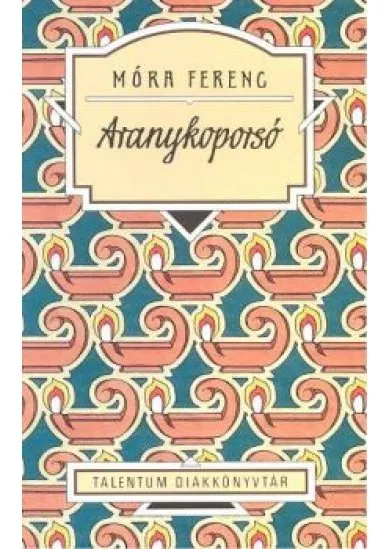Picasso in Fontainebleau
This publication and the accompanying exhibition are the first to reunite major works from Picasso’s studio in Fontainebleau, France, in over 100 years. Between July and September of 1921, in a rented villa in the town of Fontainebleau, France, Pablo Picasso created an astonishingly varied body of work. Published to accompany an exhibition at The Museum of Modern Art, New York, that reunites these works for the first time since they left the artist’s studio, Picasso in Fontainebleau presents both monumental versions of Three Musicians and Three Women at the Spring alongside other major works on canvas, small preparatory paintings, line drawings, etchings, and pastels he created in Fontainebleau. Encompassing both Cubist and classic academic styles, these works are complemented by never-before-seen photographs and archival documents. An introductory essay by curator Anne Umland examines the critical issues that distinguish Picasso's Fontainebleau oeuvre, and is followed by 15 short essays co-authored by curators and conservators that offer art historical analysis of groups of closely related works and object-based insights into materials, structures, and processes. By investigating Picasso’s decision to paint simultaneously in seemingly opposite styles, Picasso in Fontainebleau emphasizes the interconnectedness of his process and practice, and his ability to disrupt expectations of artistic evolution and stylistic consistency.
This publication and the accompanying exhibition are the first to reunite major works from Picasso’s studio in Fontainebleau, France, in over 100 years. Between July and September of 1921, in a rented villa in the town of Fontainebleau, France, Pablo Picasso created an astonishingly varied body of work. Published to accompany an exhibition at The Museum of Modern Art, New York, that reunites these works for the first time since they left the artist’s studio, Picasso in Fontainebleau presents both monumental versions of Three Musicians and Three Women at the Spring alongside other major works on canvas, small preparatory paintings, line drawings, etchings, and pastels he created in Fontainebleau. Encompassing both Cubist and classic academic styles, these works are complemented by never-before-seen photographs and archival documents. An introductory essay by curator Anne Umland examines the critical issues that distinguish Picasso's Fontainebleau oeuvre, and is followed by 15 short essays co-authored by curators and conservators that offer art historical analysis of groups of closely related works and object-based insights into materials, structures, and processes. By investigating Picasso’s decision to paint simultaneously in seemingly opposite styles, Picasso in Fontainebleau emphasizes the interconnectedness of his process and practice, and his ability to disrupt expectations of artistic evolution and stylistic consistency.
| Nyelv | angol |
| Kiadó | Museum of Modern Art |
| Oldalak száma | 232 |
| Kötés típusa | Hardback |
| Méretek (Sz-M-H) | 235 x 278 |
| EAN | 9781633451391 |
| Szállítási idő | Nem elérhető |
















